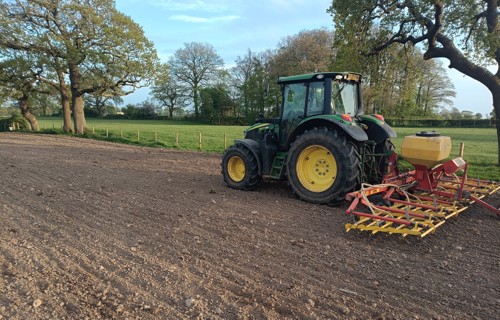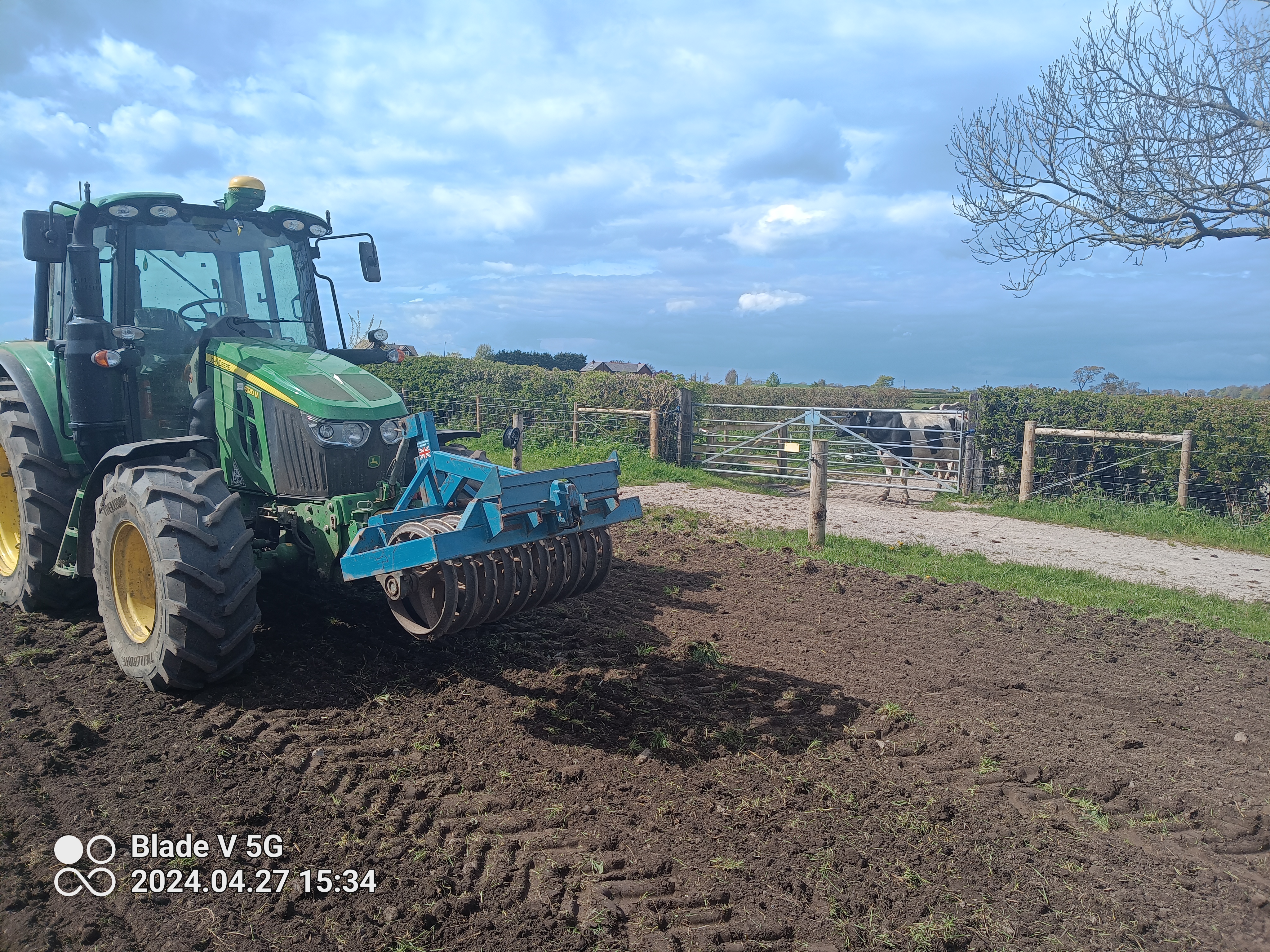



A group of five organic farmers from Inverness to Cornwall are trialling sorghum for use as whole cropped silage.
There has not been much research into growing sorghum in the UK. The objective of the field lab is to measure the potential to grow Sorghum in the UK as an alternative forage source. The group will be assessing:
Thanks to Cotswolds Seeds for crop advice.
Maize is widely grown in the UK for livestock forage feed. However, maize can cause soil damage and increases the risk of erosion due to shallow rooting and late harvest.
Worldwide, sorghum is one of the top 5 crops grown and has been successfully grown many countries as a forage crop. Silage sorghum can be harvested much earlier than maize: in August rather than late September / October. It also has other potential benefits:
Each farmer will put forward a trial field. All will be measuring the following:
These are proof of concept trials, so the group will not be comparing sites. Each farmer is trying a slightly different plot design, with trials including:
This growing season has been challenging for many crops, and our Sorghum forage trials have been no exception. Despite the obstacles, we've gained valuable insights into sorghum's performance under different conditions.
Northern Field Trials
Unfortunately, the two northern farms faced significant challenges. The Sorghum was outcompeted by grass, clover, and other aggressive weeds, and the cold, wet soil conditions, unsuitable for Sorghum, which originates from Africa, slowed down germination and early growth. As a result, these trials were not successful.
Other Trial Challenges
One trialist was unable to plant the Sorghum seed due to other farming demands this season.
Success in Herefordshire
The Herefordshire site experienced a slow start, but once the soil dried out and temperatures increased, the Sorghum began to thrive. Now, a healthy crop is waiting to be cut. As an organic farm, the trial plot is home to a diverse range of weeds, including fat hen and mayweed, but these have not negatively impacted the Sorghum's performance. This trial is proving that even in organic systems with weed pressure, sorghum can establish well if given favourable conditions.
Promising Results in Cornwall
The Cornwall trial is also progressing positively. Although the under-sown clover did not germinate, the sorghum is growing well. In fact, the plot where woodchip mulch was used is showing the best results, with the tallest sorghum and effective suppression of competitive grass weeds. This highlights the potential benefits of using mulch to improve sorghum growth in challenging environments.
Conclusion
Despite the challenges faced this year, both the Herefordshire and Cornwall trials are showing promising results. We’ll continue monitoring these trials closely and will provide further updates once the crops are ready to cut. These findings will help inform the potential of whole cropped sorghum as a forage option.
Ian in Lancashire has sown the first trial field of sorghum!
Soil temp 18°c , sown at 4cm deep at 8kg/ac.
In the end Ian decided to broadcast the seed as the calibration was complicated. He broadcasted the field twice at different angles.

Ian then then over-sowed grass & clover mix, shallow depth at 12kg/AC like he normally does with barley. This should provide the growing crop with Nitrogen, and means that even if the sorghum fails at least he gets something from the field!
Manure applied and ploughed today at Ian Pye's farm. Just awaiting soil temp to climb and then sow

April '24
June '24
July '24
August '24
August '24
August '24
Aug '24
Sep '24
winter '24
Spring '25
Spring '25

Soil Association
Bristol
Karen is a Farming Advisor at the Soil Association, as part of the Farm and Land Use team.
She studied agriculture at Aberystwyth and Harper Adams and a MSc in Food Security at Bangor University. She is a qualifed agronomist and has had a 20 year career advising farm managers on the balance of agricultural production with nature. She currently delivers on a number of projects which promotes improving soil health and biodiversity on farm.